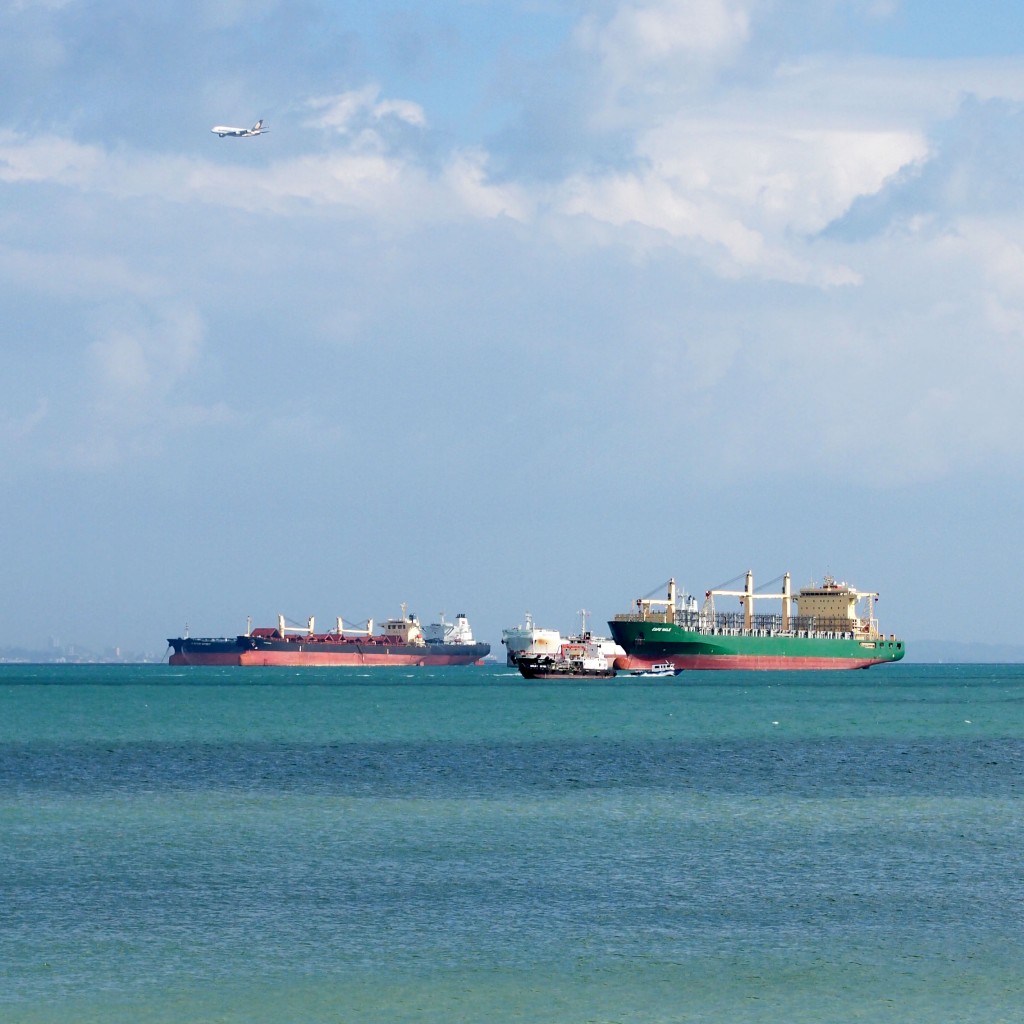Singapore and the Silk Road of the Sea
February 19, 2018

What was the Silk Road of the Sea?
Throughout its history, Singapore has been regarded as an important port and trading hub, and is today one of the most significant economic centres of Southeast Asia. 29 January 1819 is sometimes considered as the starting point of Singapore’s history, as that was when Stamford Raffles arrived in Singapore and received permission to found a British trading post here.
Professor John Miksic (Department of Southeast Asian Studies) asserts in his 2013 book, Singapore and the Silk Road of the Sea, 1300-1800, that Singapore’s history goes back far before 1819. In fact, as early as the 1300s, Singapore was a bustling city because it was situated at the south entrance to the Straits of Melaka, bringing together a very important maritime trade route spanning 10,000 kilometres and connecting all of Southeast Asia to India and China. Drawing reference to the famed Silk Road trade route going from the Middle East to China, Miksic calls this maritime trade route the Silk Road of the Sea. Instead of silk, however, this trade route handled thousands of ceramic bowls, bottles of perfume, and the migration of people. Miksic traces the influential role ancient Singapore played in the development of maritime trade in Asia, a role which due to contesting colonial forces faced a slump from the 1600s to the early 1800s.
This makes Stamford Raffles’ arrival to Singapore in 1819 all the more important. Miksic actually credits Raffles for recognizing ancient Singapore’s glory and reviving the island from its 200 year slumber.
Buy the book here.
